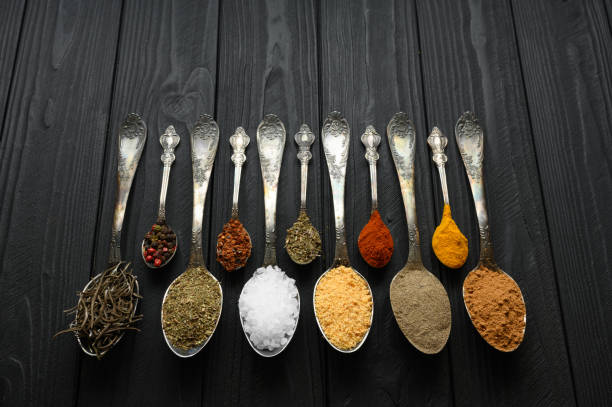

Exploring The Technical Aspects Of Growing Medical Marijuana Using Hydroponics
Hydroponics represents one of the most precise and efficient methods for cultivating medical cannabis under a personal grow licence or commercial cannabis licence in Canada. By replacing soil with a nutrient-rich water solution, hydroponics allows growers to control every aspect of the growing environment — from temperature and humidity to oxygen and nutrient delivery. This system provides cleaner, faster, and more predictable growth, making it an ideal choice for patients authorized under Health Canada’s medical cannabis regulations.
Unlike soil, hydroponic systems deliver nutrients directly to the roots. This means marijuana plants can absorb exactly what they need when they need it. However, because this method relies entirely on artificial control, success depends on your ability to monitor and maintain several key variables:
Temperature and Humidity:
Cannabis plants perform best at air temperatures between 22°C and 26°C during the day and around 20°C at night. The root zone should be kept close to 19°C to avoid stress and ensure steady nutrient uptake. During the vegetative stage, relative humidity should stay between 55% and 65%, dropping to around 45% during flowering to prevent mould. Many licensed cultivators use automated humidity and temperature controllers to maintain these ranges consistently.
Lighting and Photoperiod:
Light intensity and duration determine the quality and yield of medical cannabis. Full-spectrum LED grow lights are now the preferred option due to their energy efficiency and ability to replicate natural sunlight. During the vegetative phase, plants thrive under 18 hours of light and 6 hours of darkness per day. When flowering, a 12/12 schedule (12 hours of light, 12 of darkness) triggers bud development. Proper light placement — roughly 30 to 50 cm above the canopy — prevents overheating or light stress.
CO₂ and Oxygen:
Carbon dioxide is a fundamental driver of photosynthesis. Maintaining CO₂ concentrations between 900 and 1,500 ppm can accelerate plant metabolism, leading to faster growth and denser buds. In the root zone, dissolved oxygen levels must be high to prevent root rot and support nutrient absorption. Air stones and pumps are commonly used in hydroponic systems for this reason.
Nutrients and pH Control:
Hydroponic nutrient solutions supply macronutrients (nitrogen, phosphorus, potassium) and micronutrients (calcium, magnesium, iron, etc.) directly to plant roots. The electrical conductivity (EC) of the solution should reflect plant stage and health, while pH must remain between 5.8 and 6.2 for optimal nutrient uptake. Regular testing ensures balance and prevents deficiencies or lockouts.
Hydroponics requires precision but offers rewarding results — particularly for patients cultivating their own medicine under a medical marijuana grow licence. Veterans using medical cannabis for PTSD through GrowVets often find hydroponic setups ideal for consistent, high-quality yields.
It’s important to note that while doctors authorize the medical use of cannabis, they don’t provide cultivation guidance. Patient educators, however, can assist with nutrient management, system setup, and understanding Health Canada’s cannabis cultivation licence framework.
For further reading on this topic, you can explore:
- Growing Your Own Medical Marijuana: What You Need to Understand
- Ever Consider Using Hydroponics To Cultivate Marijuana?
- The Best Lighting Options for Your Indoor Marijuana Farm
If you’re ready to take the next step and apply for a personal grow licence, GrowLegally’s compassionate team can help guide you through every stage — from authorization to cultivation. As a leading medical cannabis clinic in Toronto, we proudly support patients across all provinces with trusted education and free services for veterans registering with a licensed producer.
Previous Post
Next Post

Storing Medical Cannabis – Learn how to properly store your cannabis and keep its potency strong.
Go To Post
Before Acquiring Medical Marijuana, Here Are 2 Questions That Your Doctor Is Likely To Ask You (Plus a Bonus One!)
Go To Post

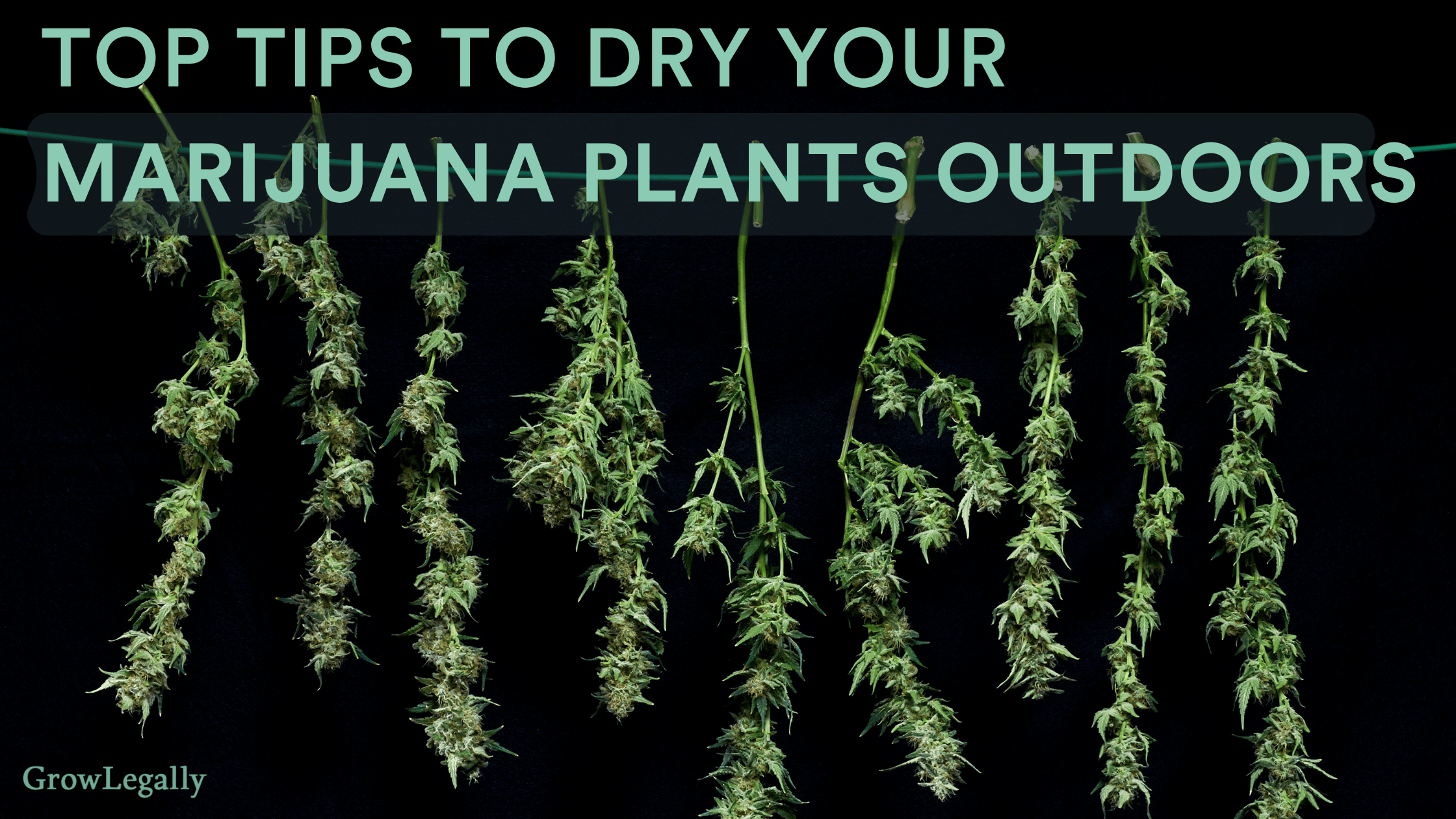
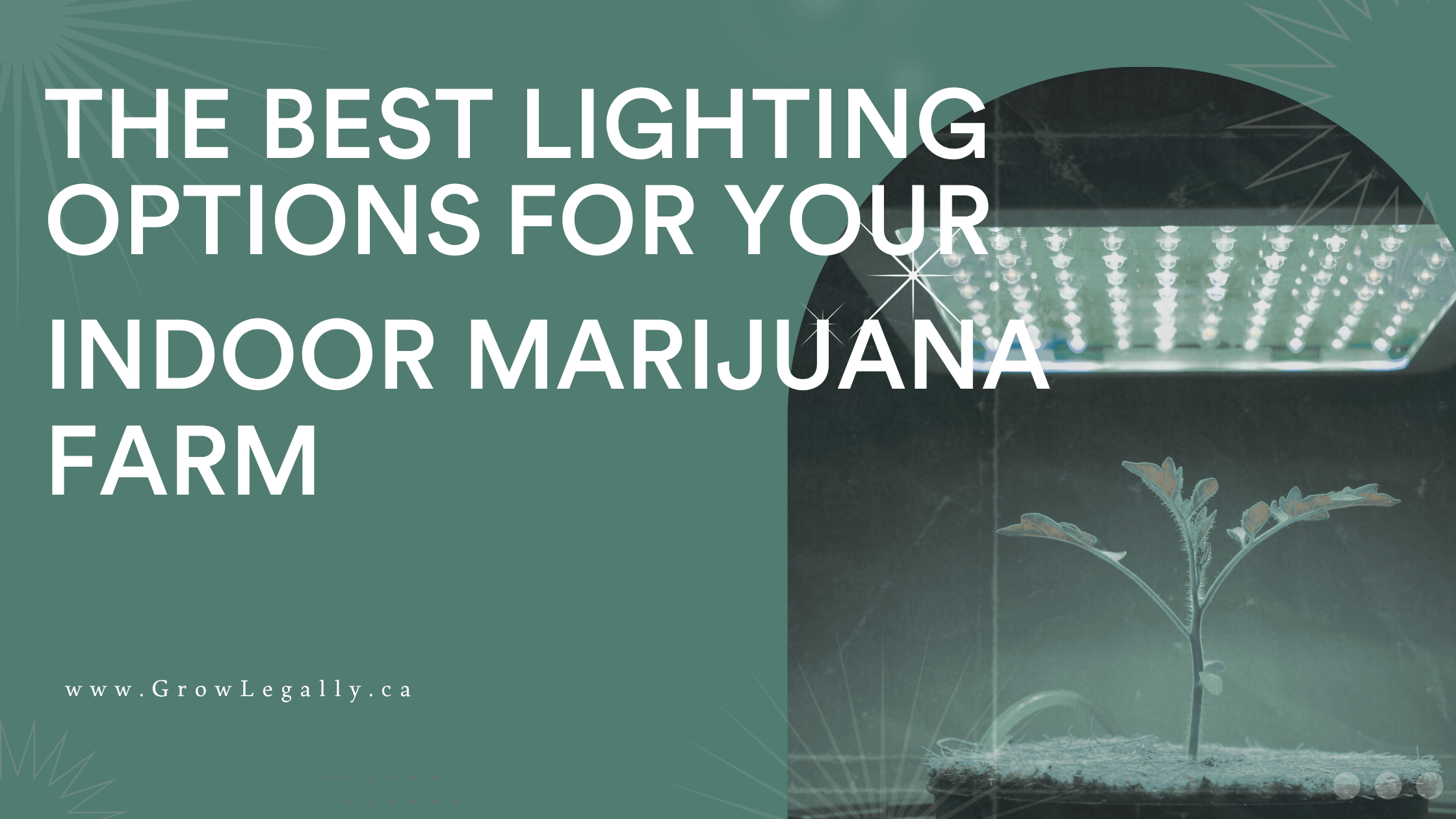
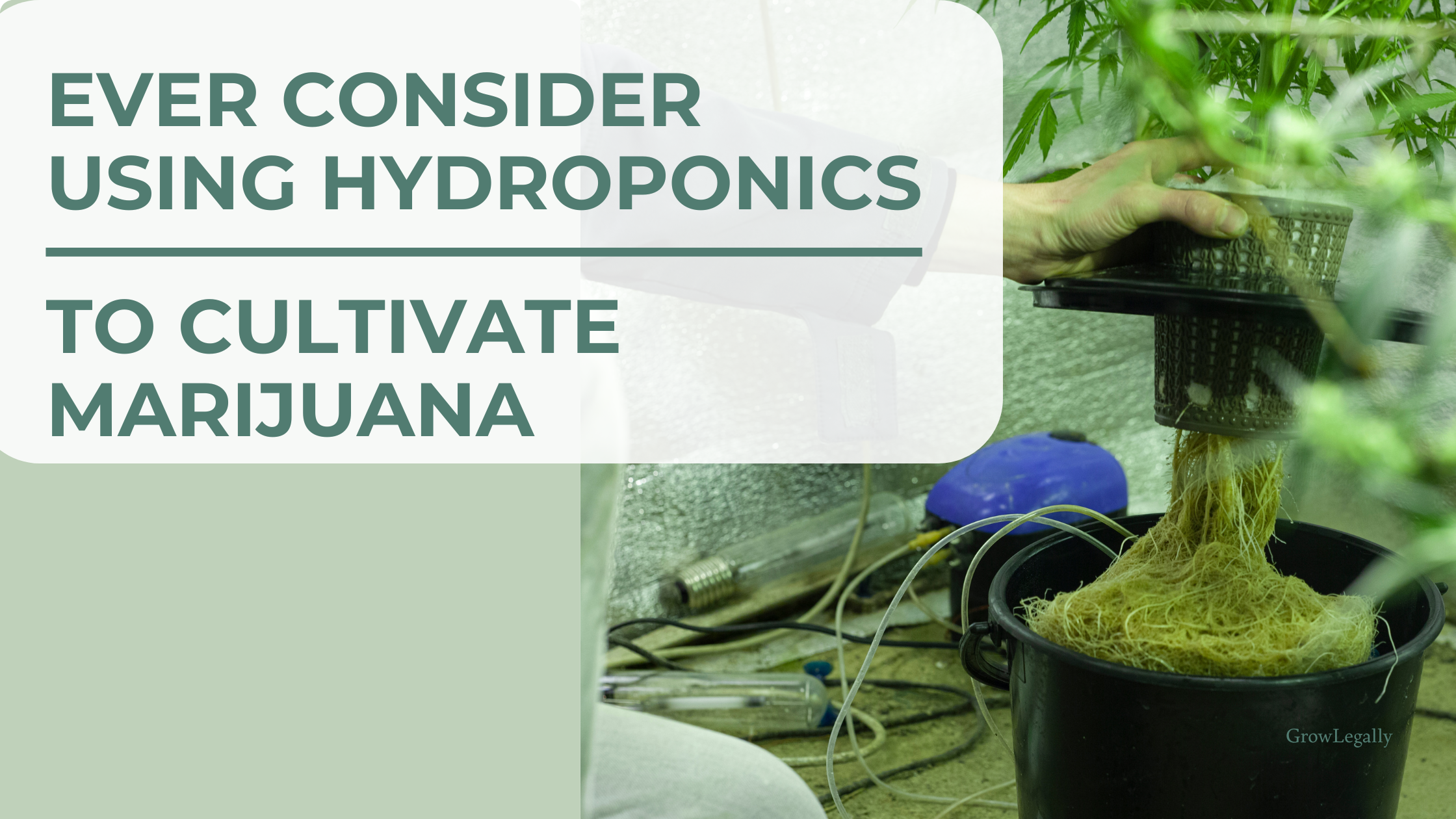
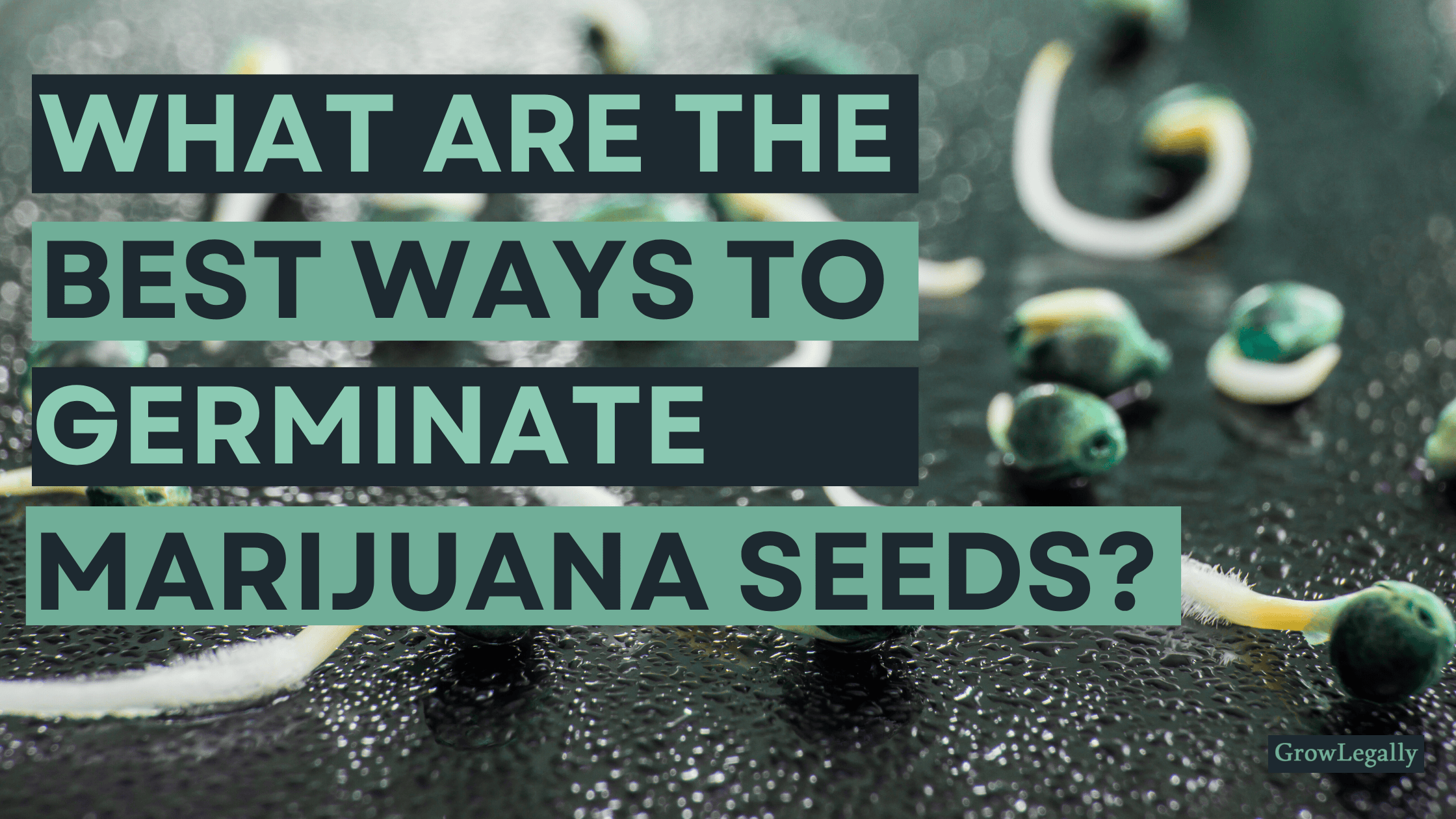
.png)
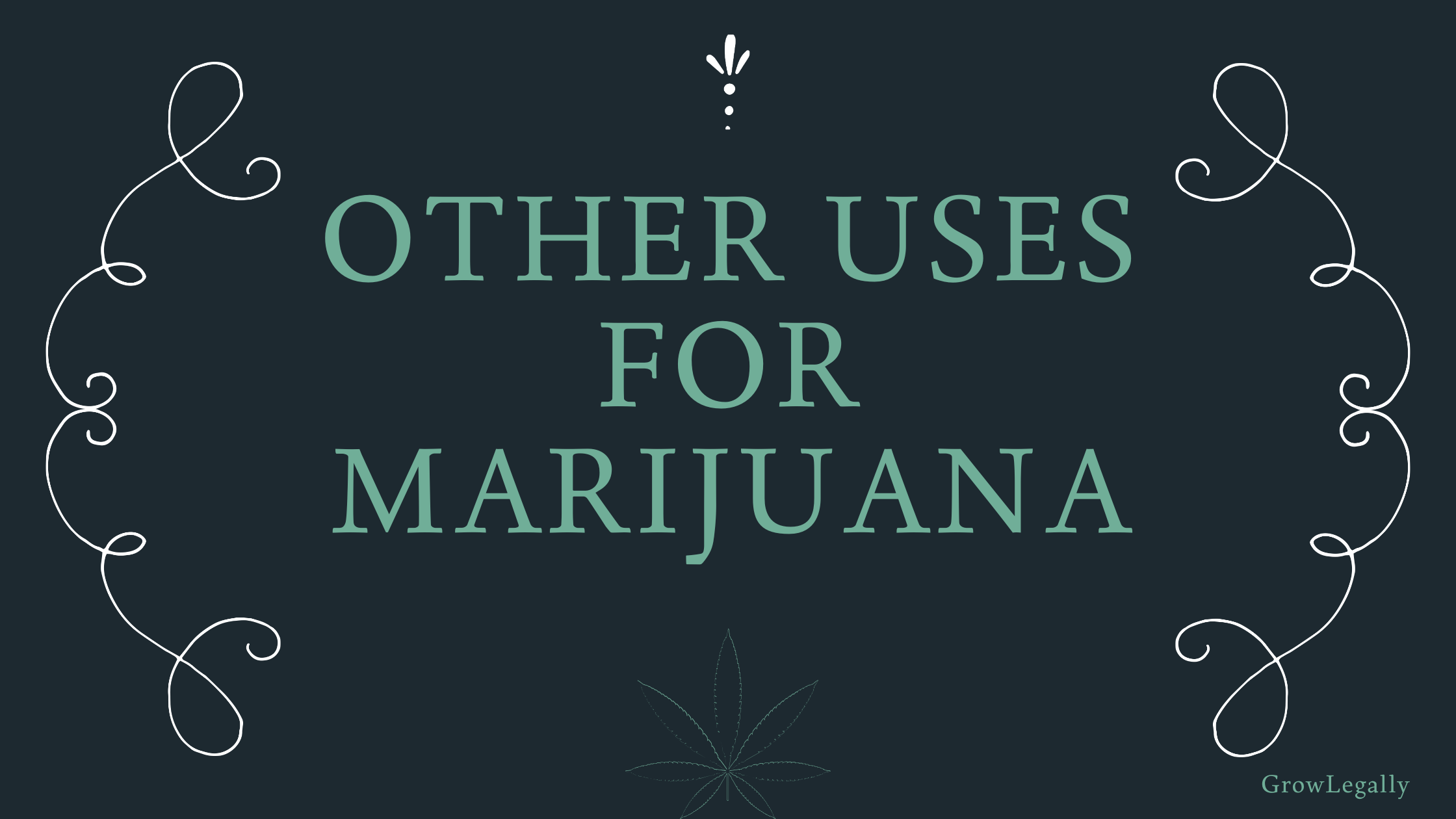
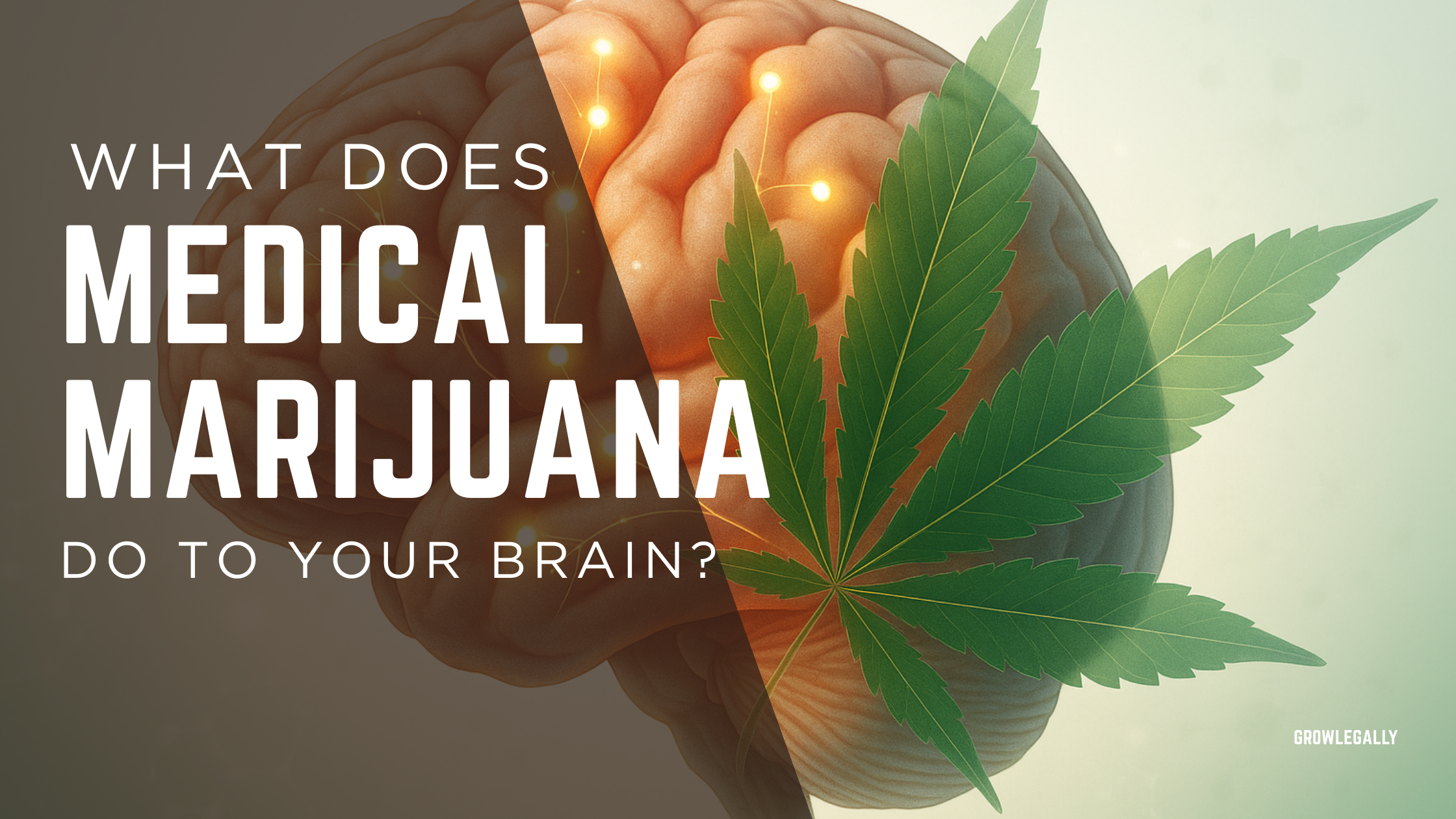
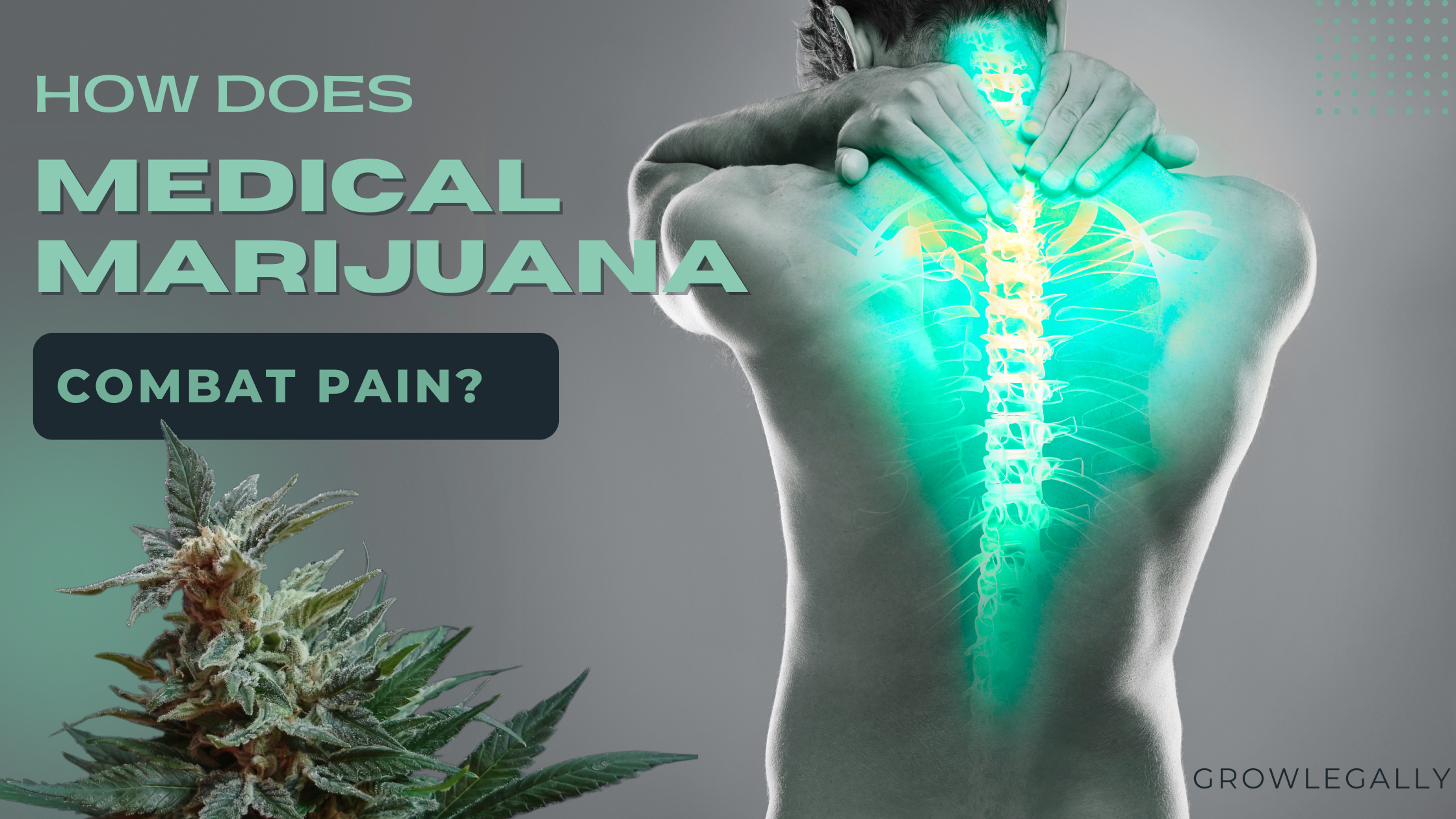
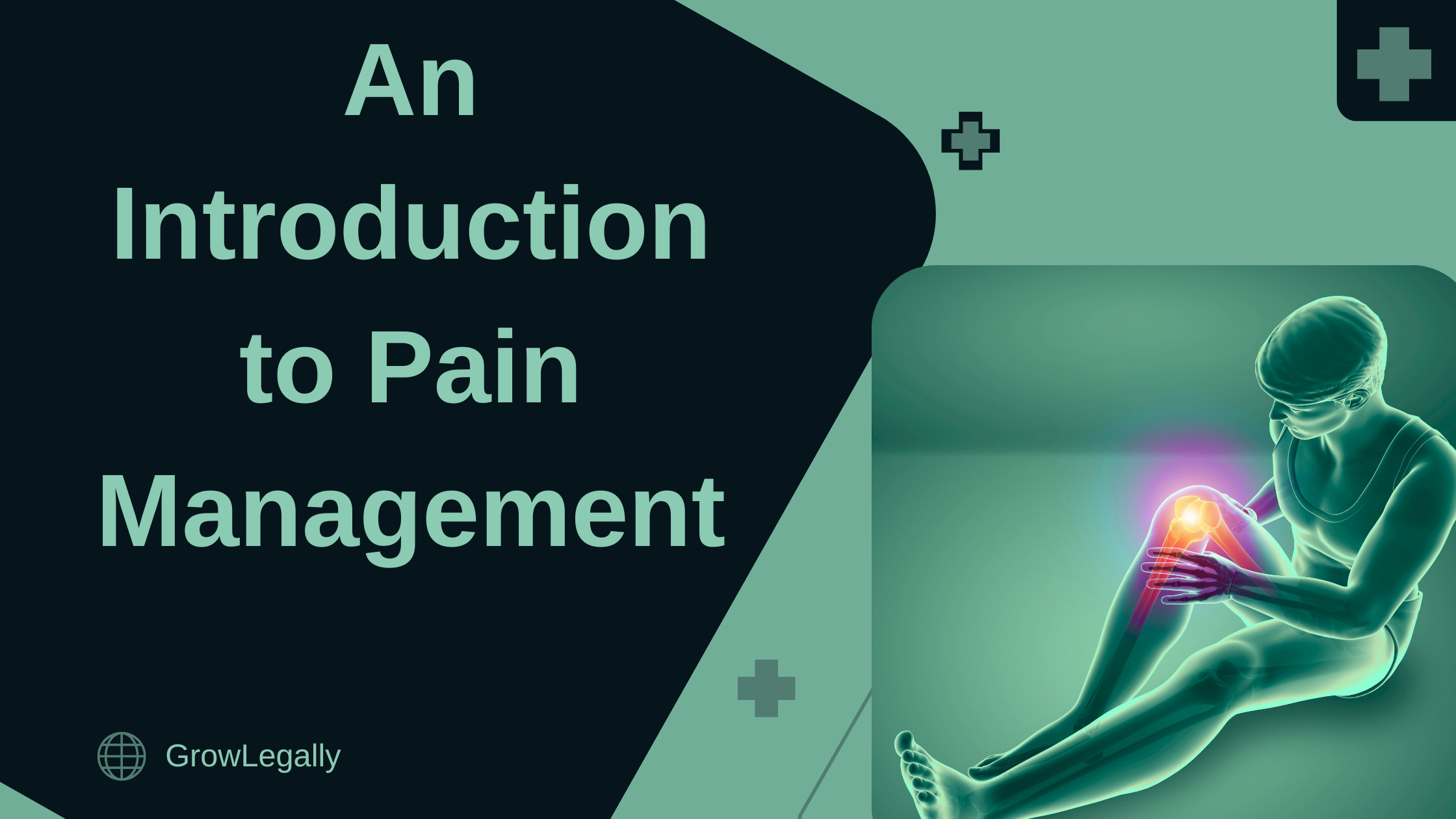
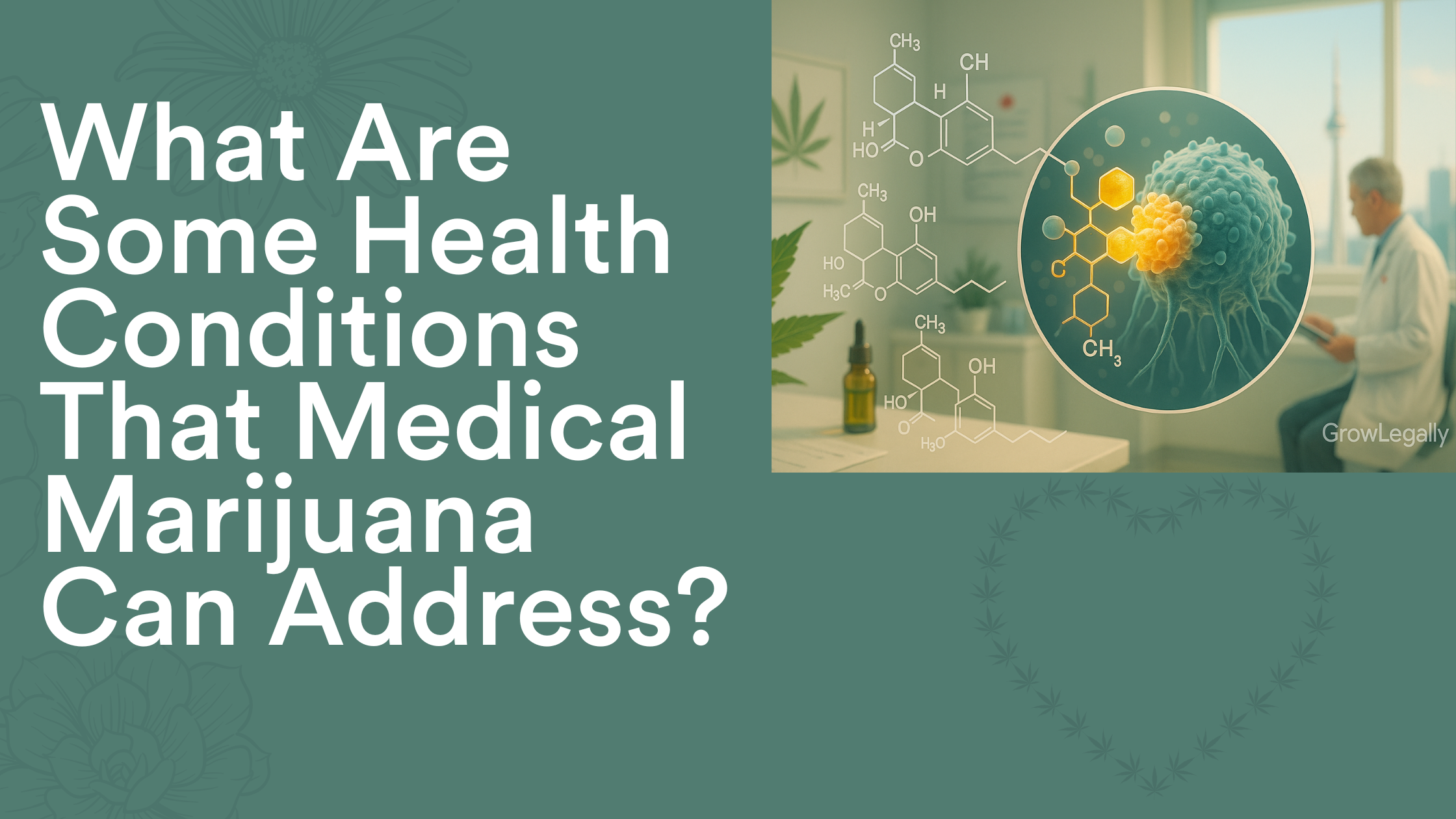

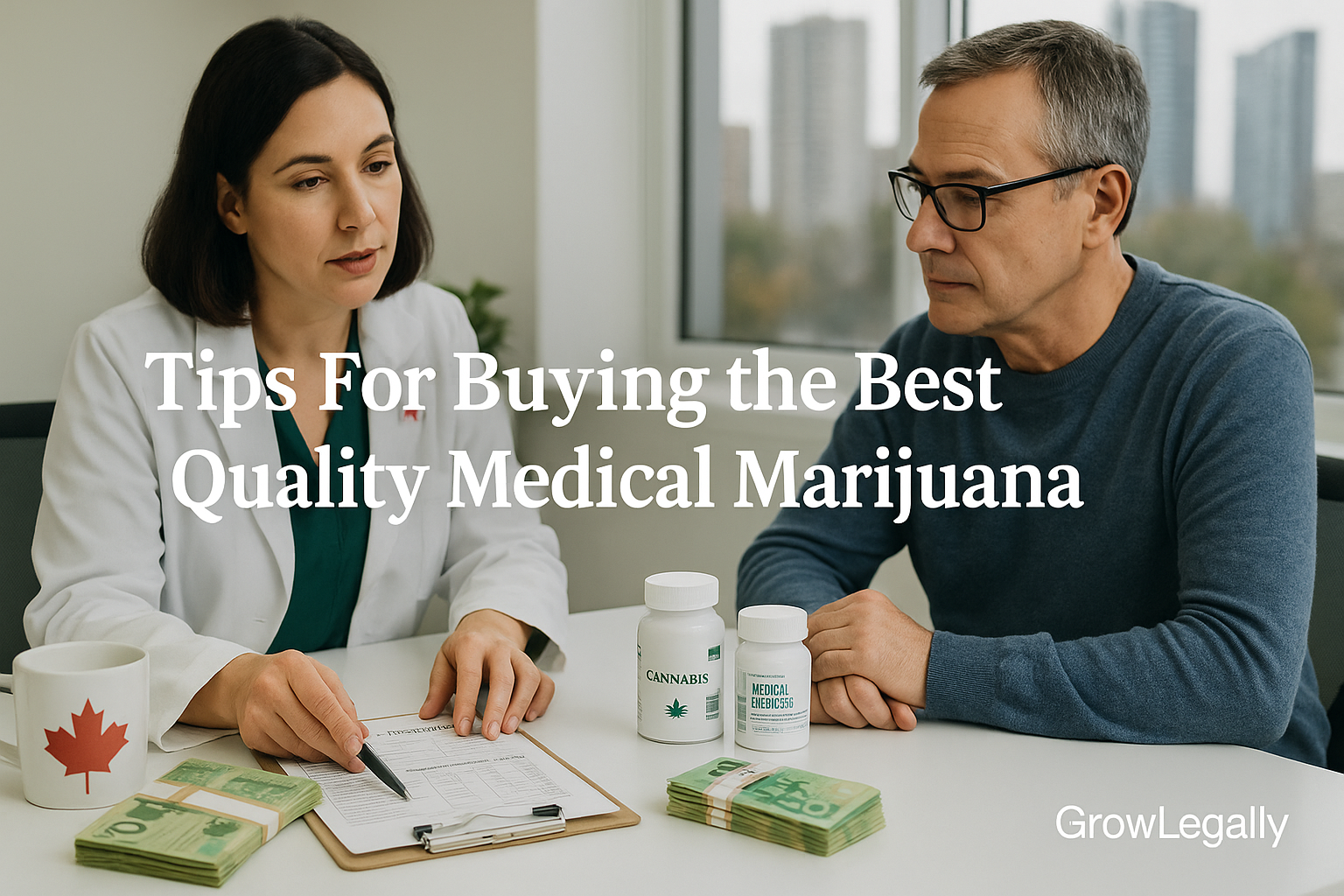
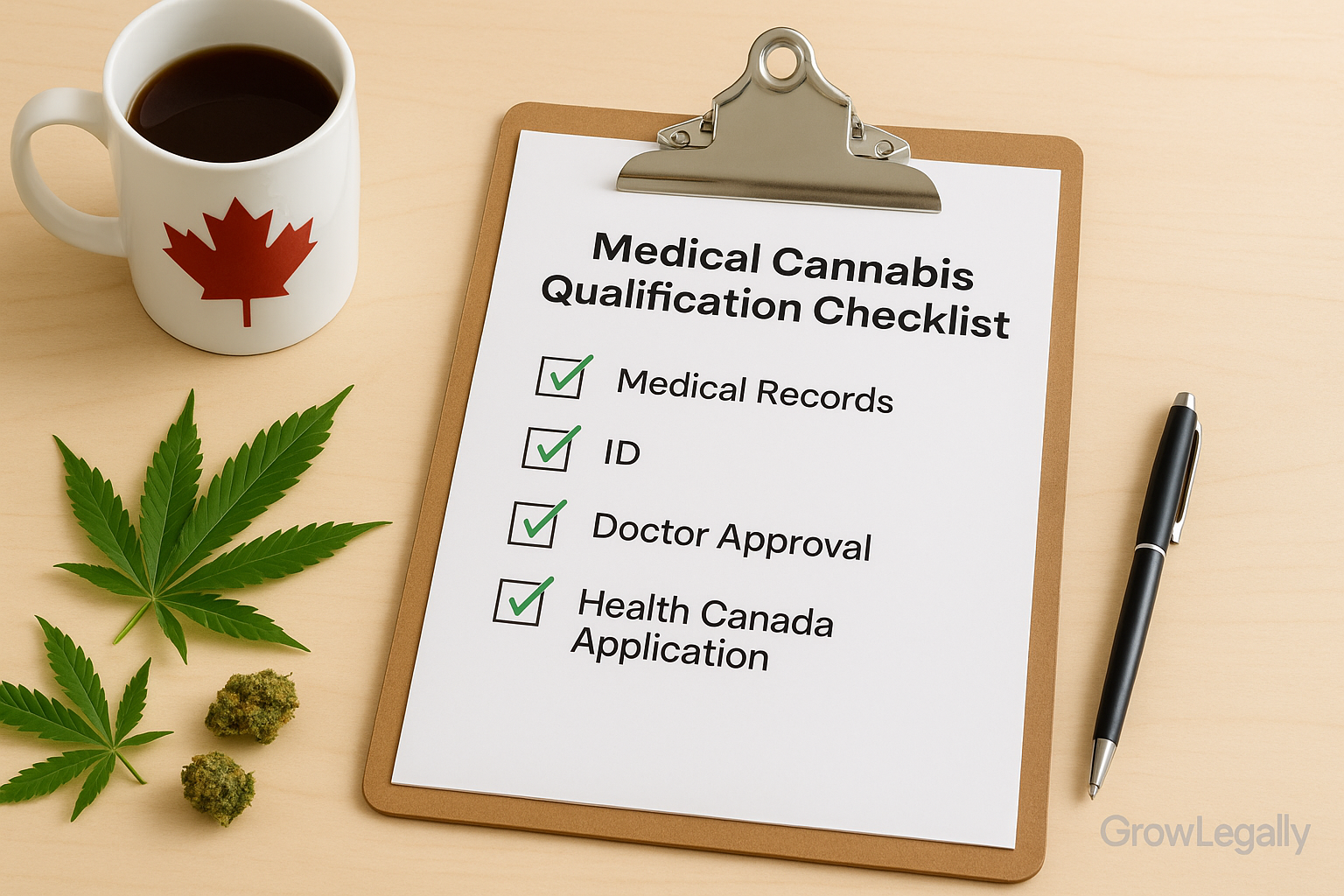
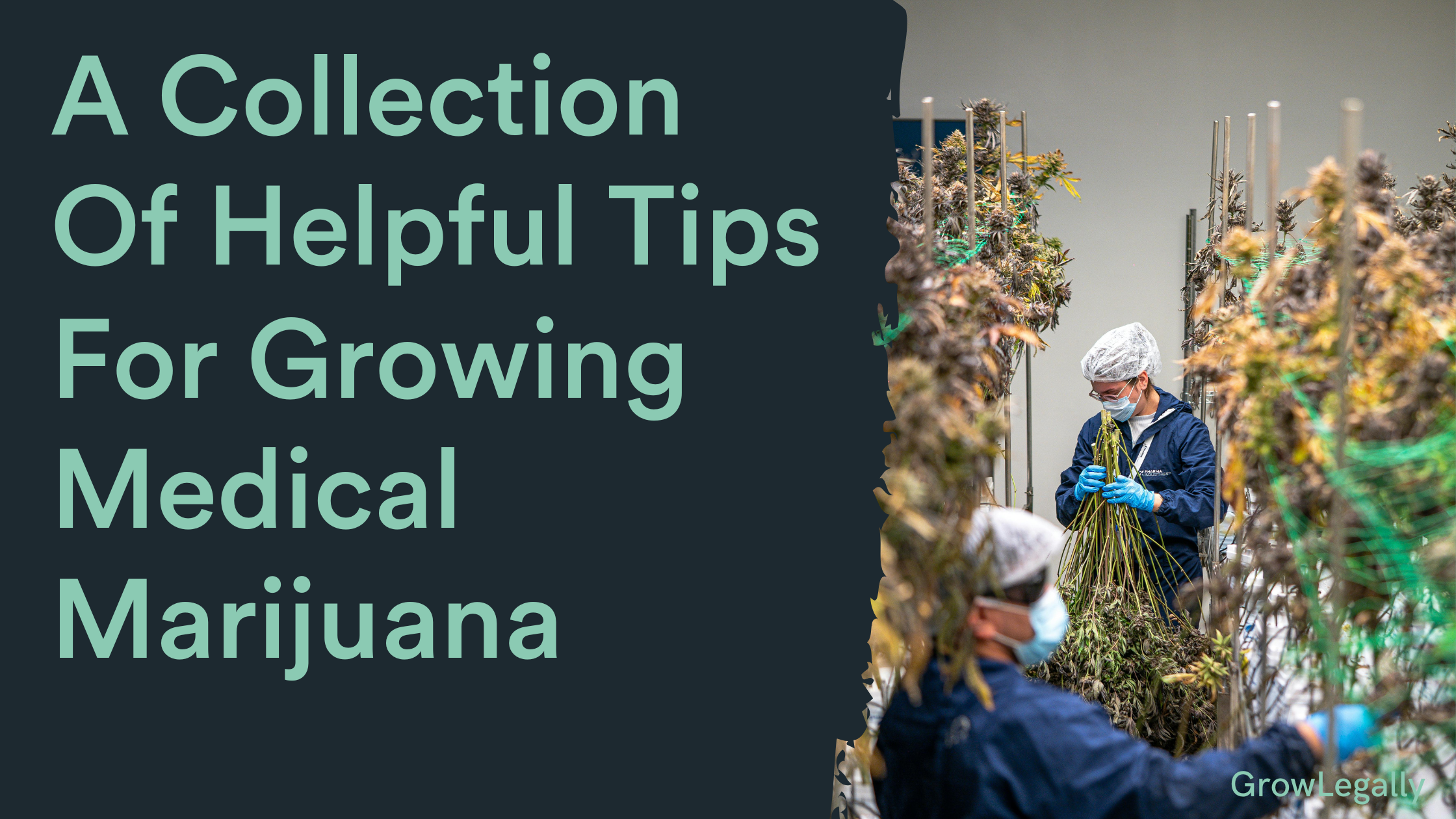
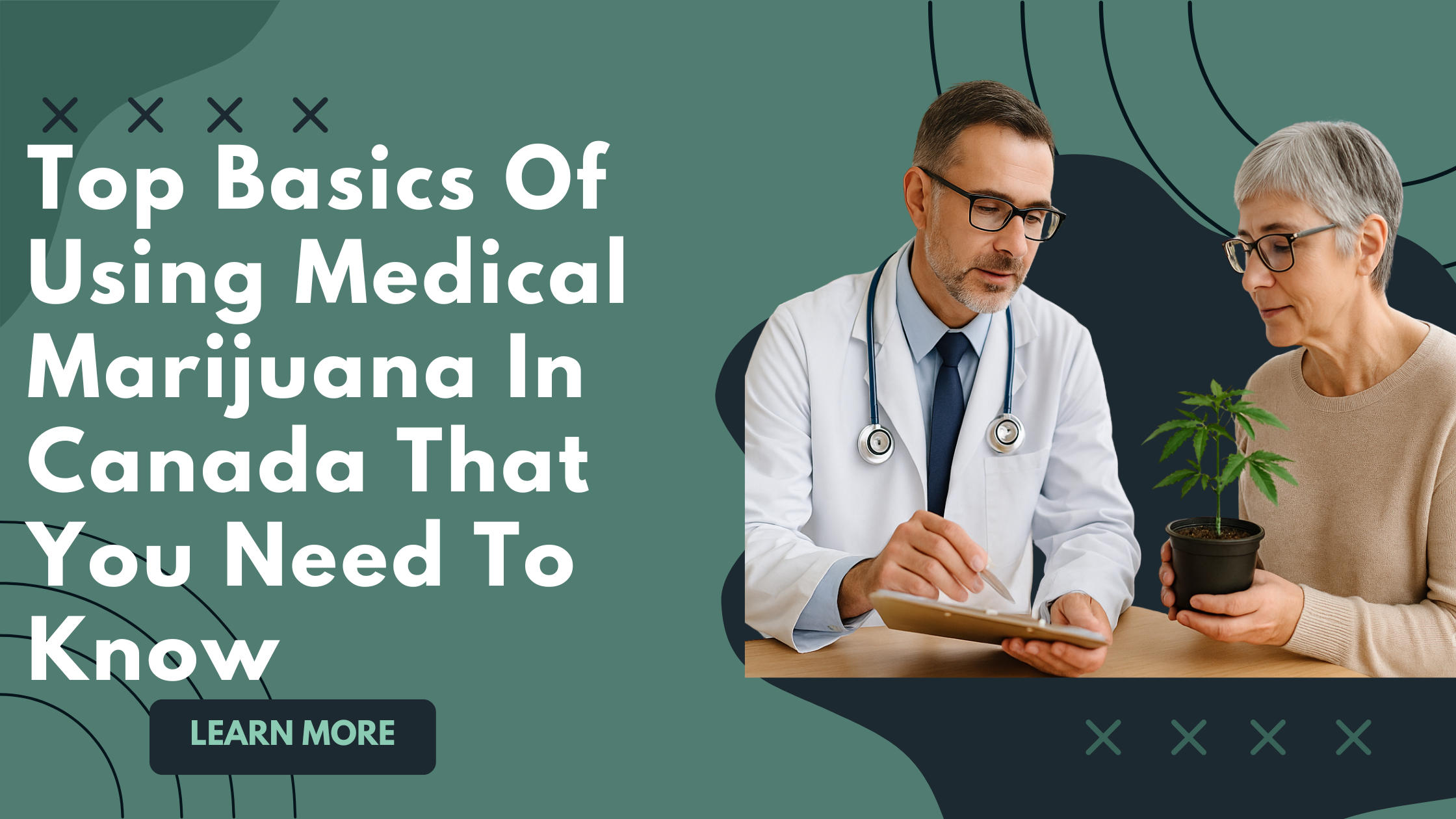
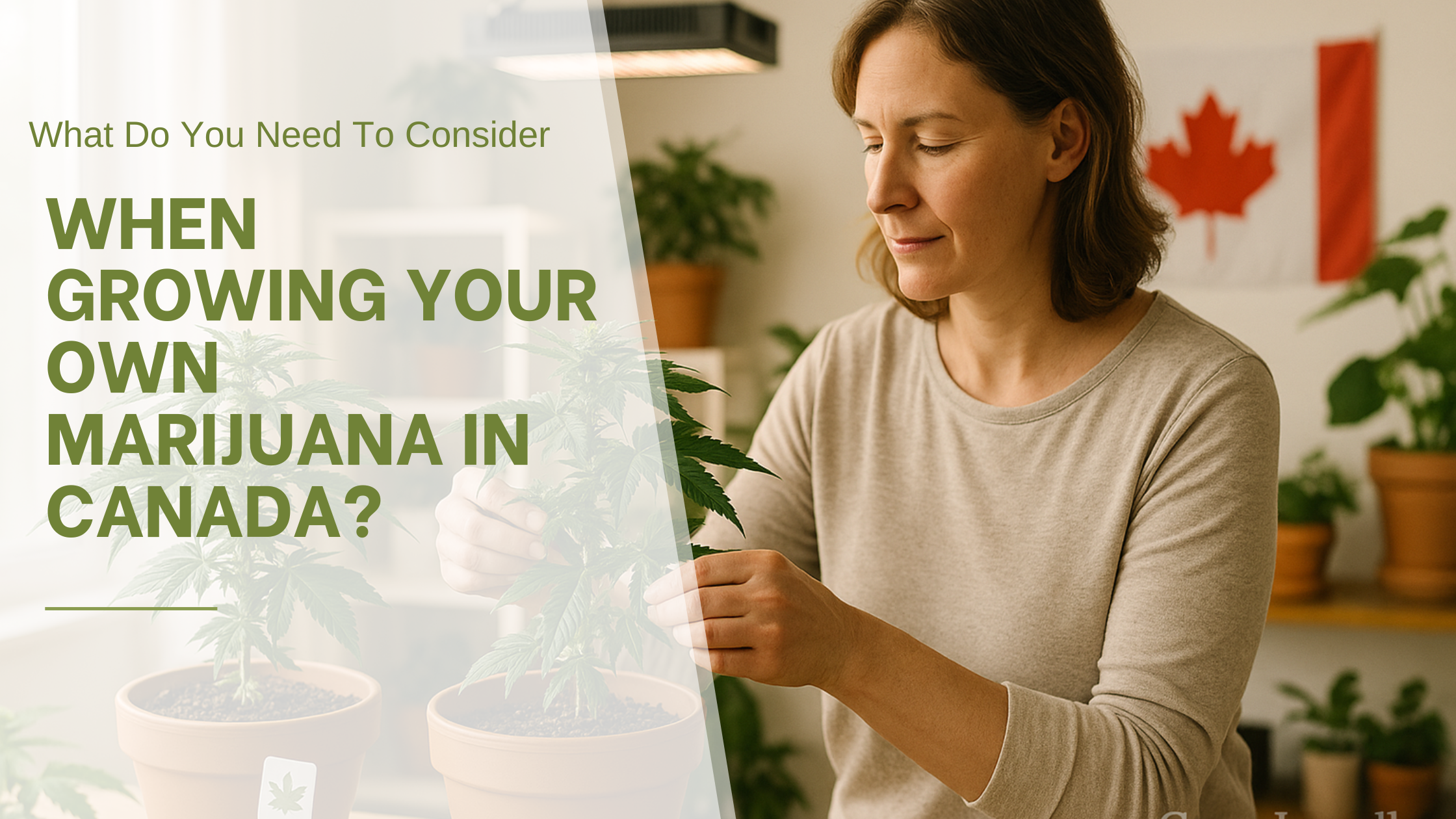


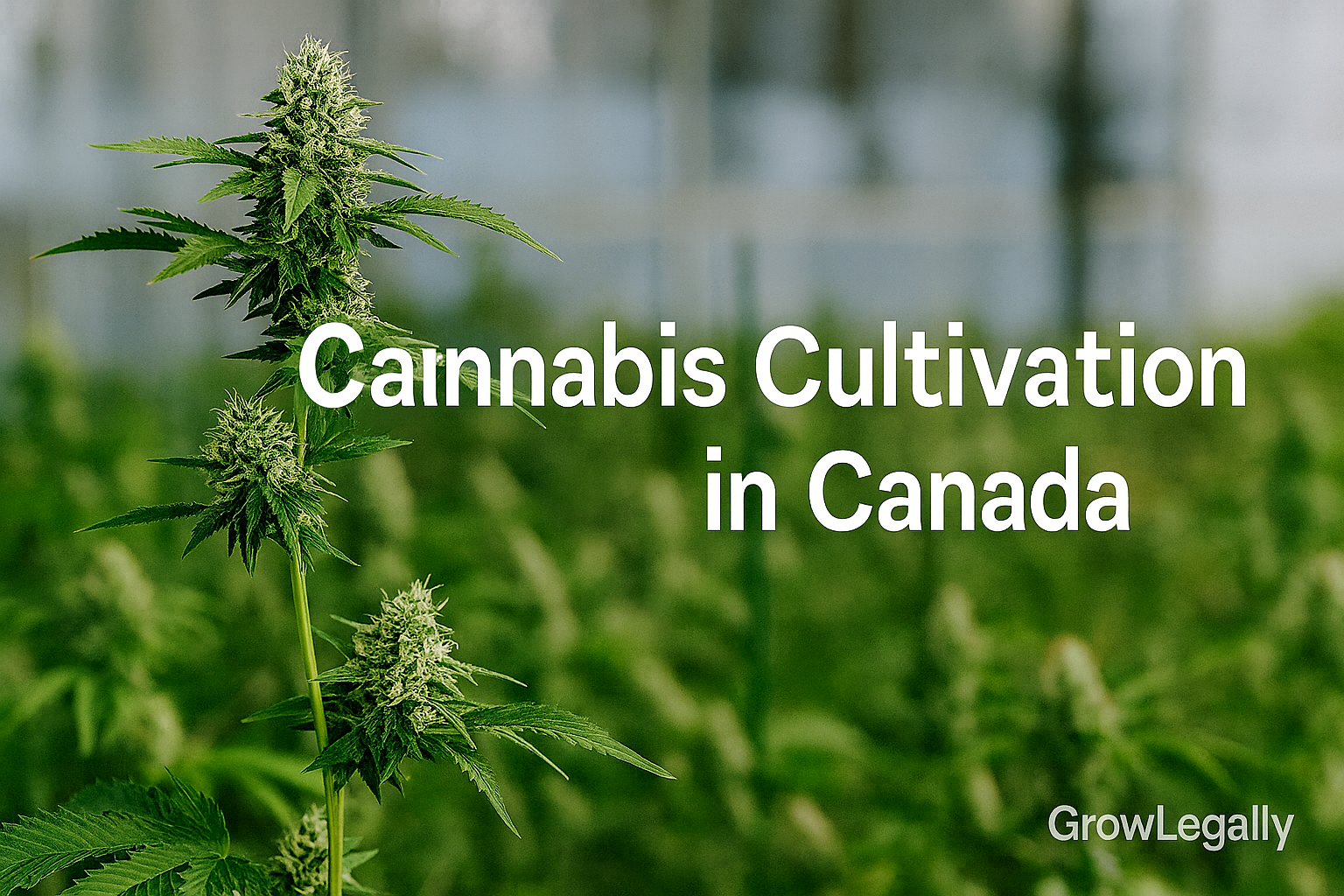
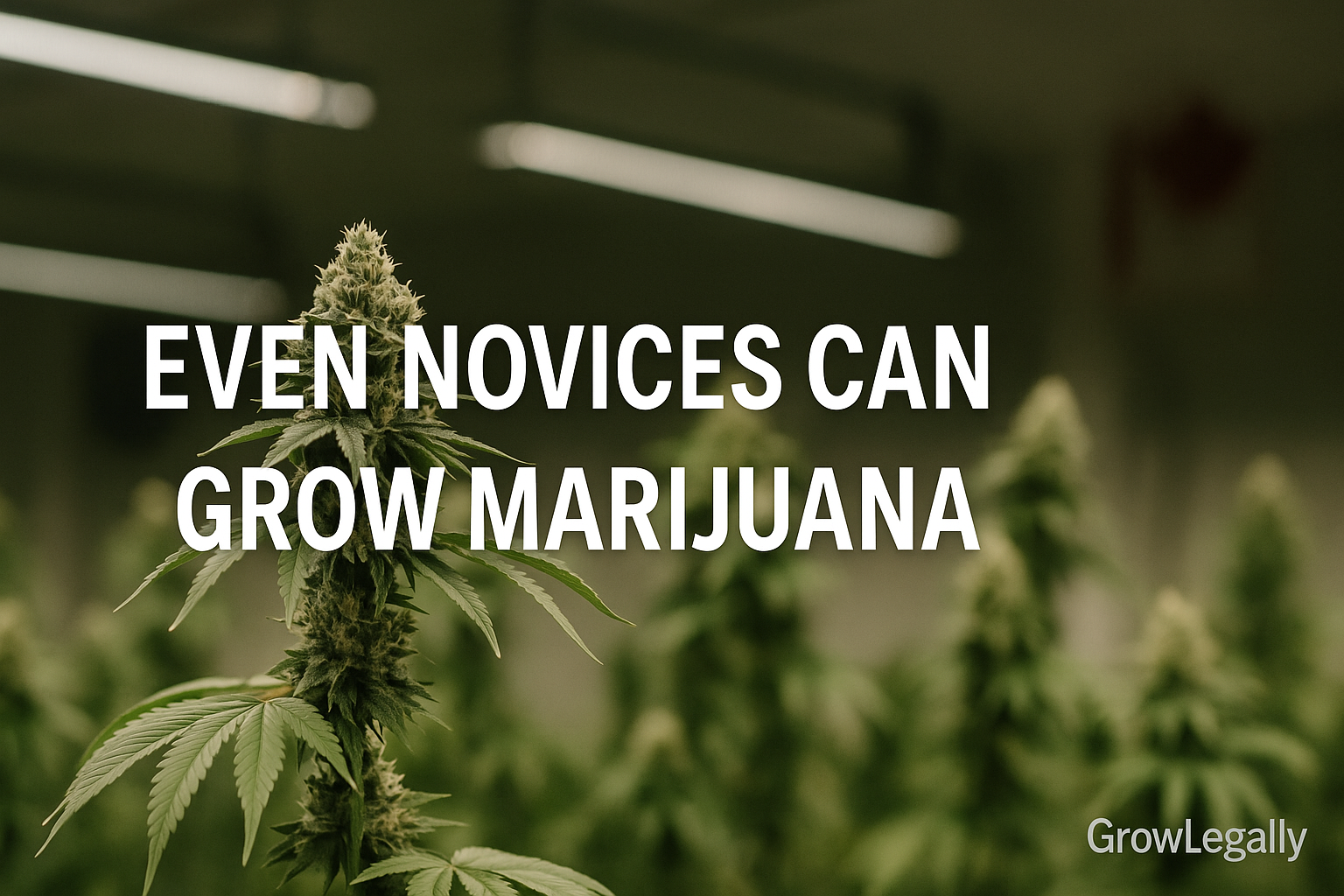


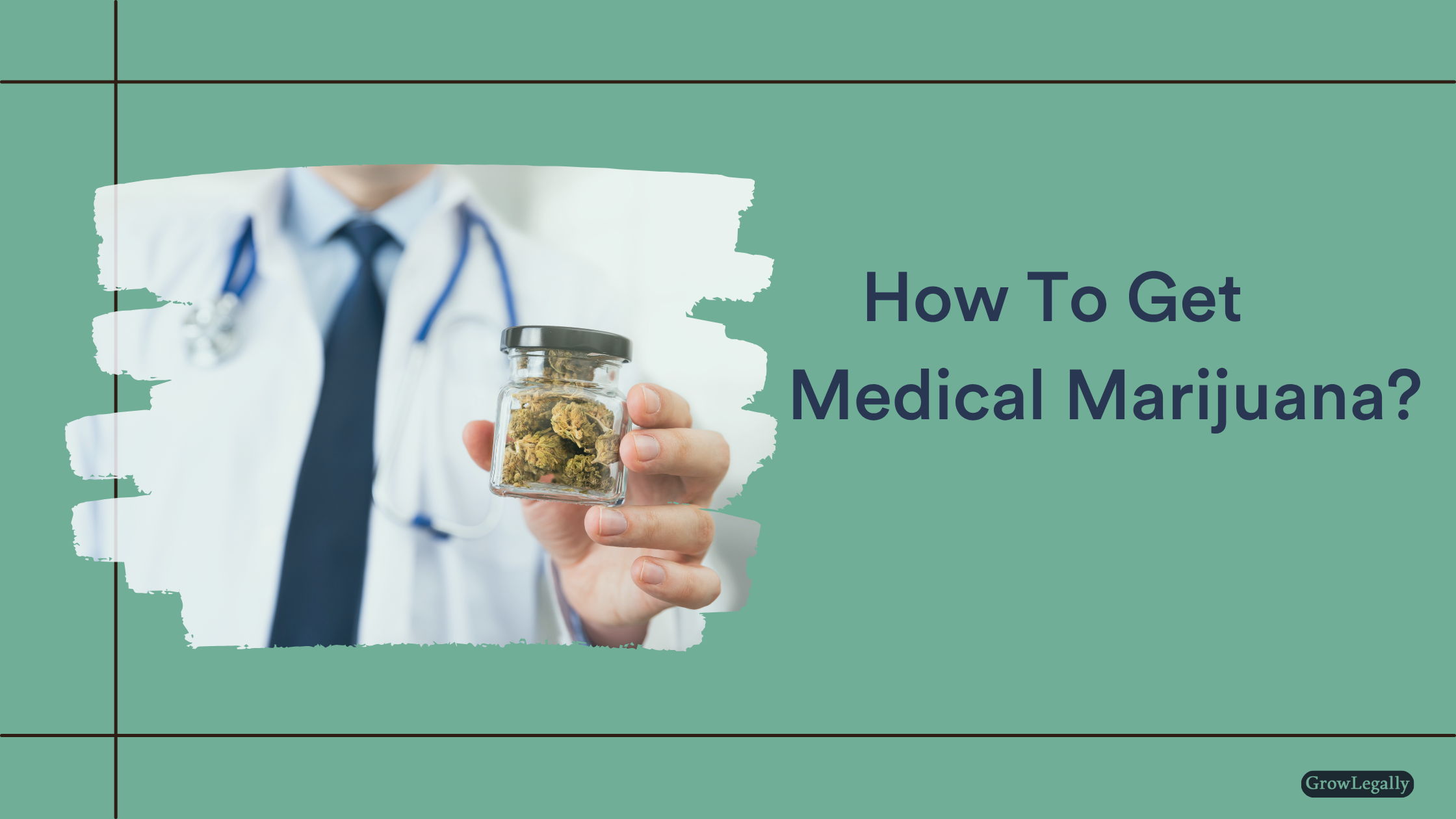

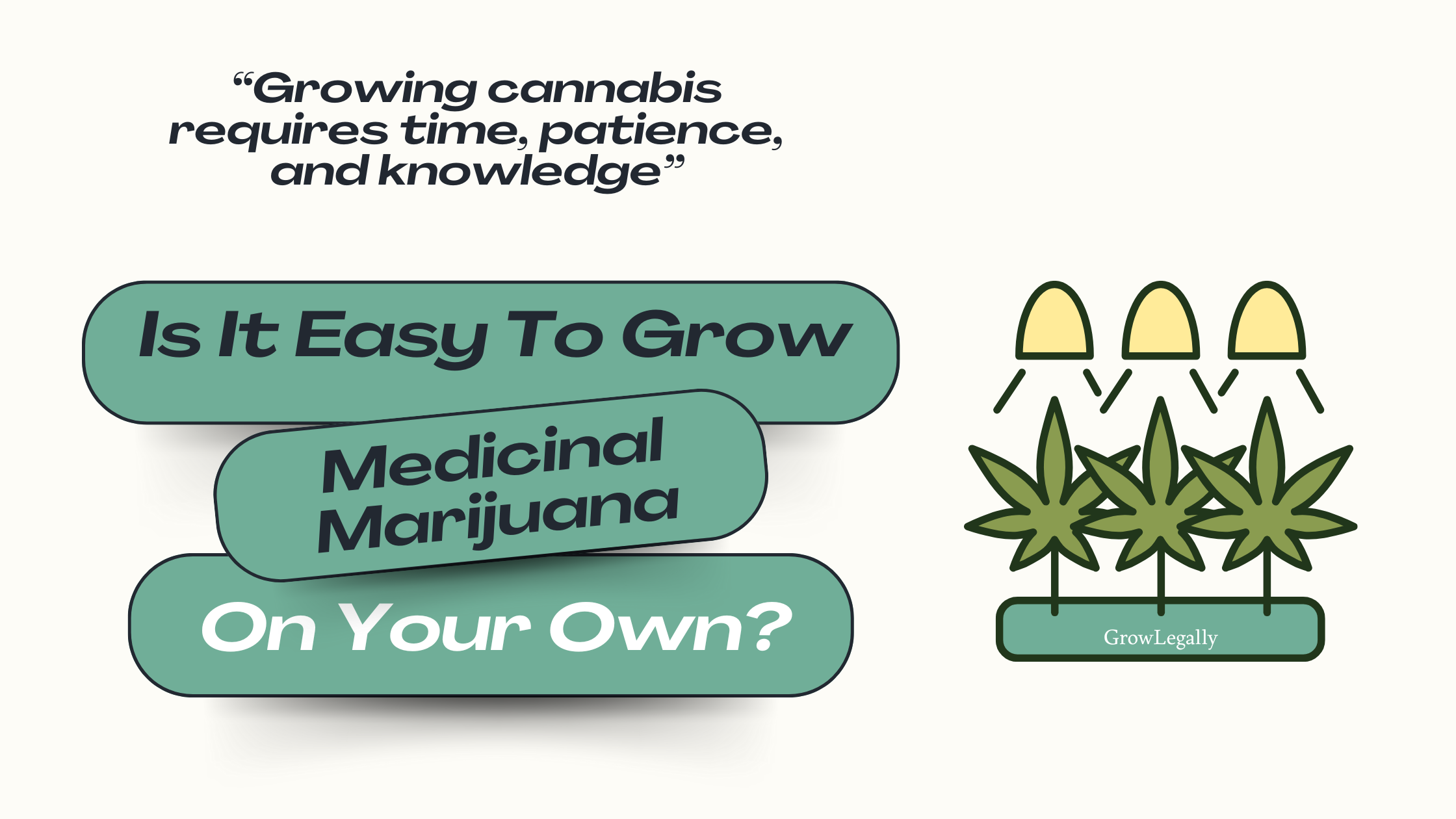






















.png)

















































.png)
















